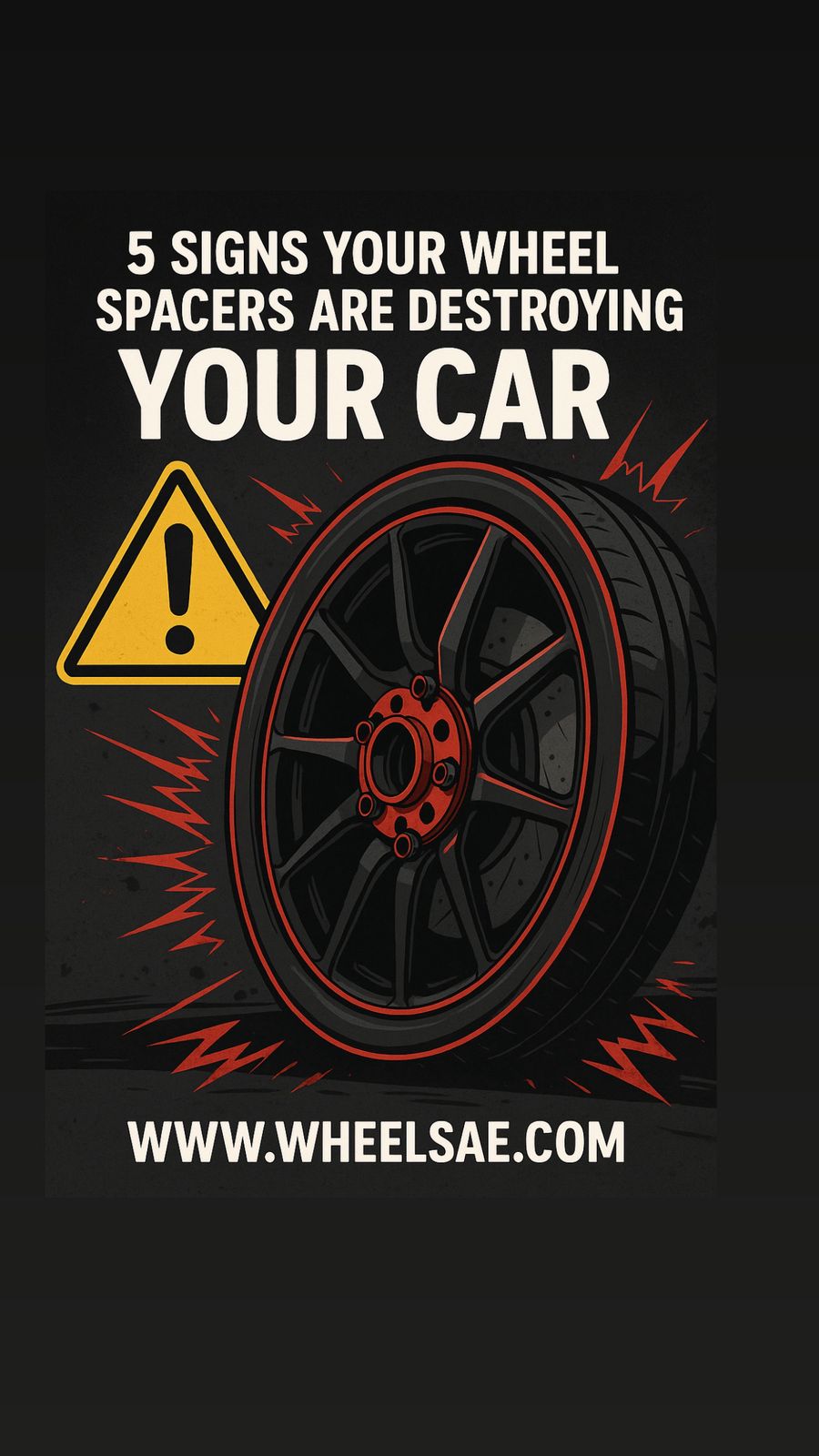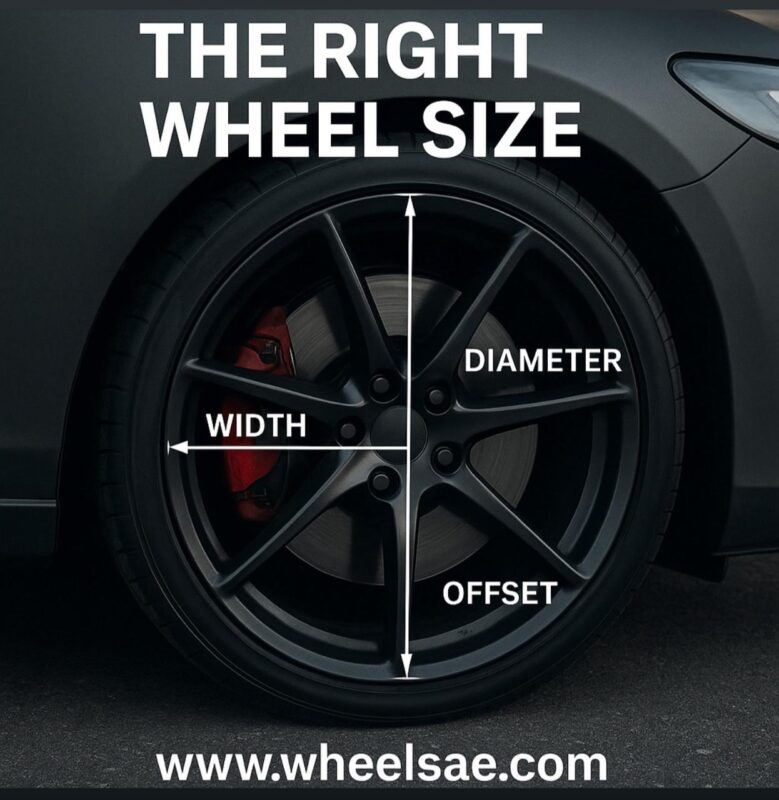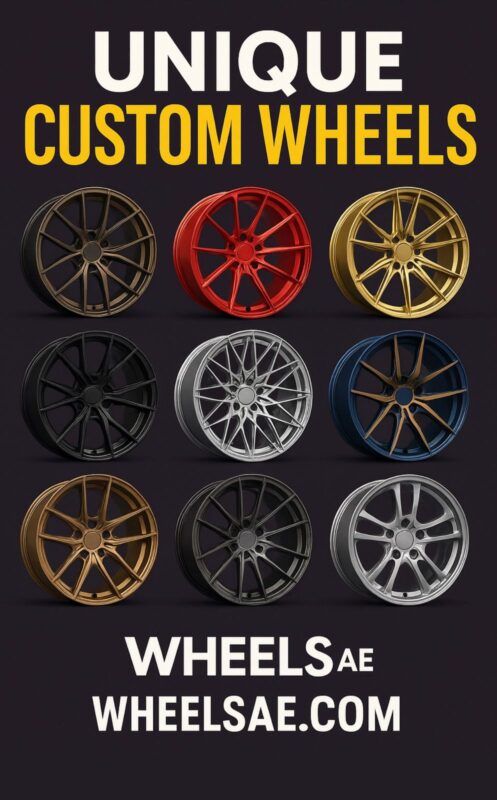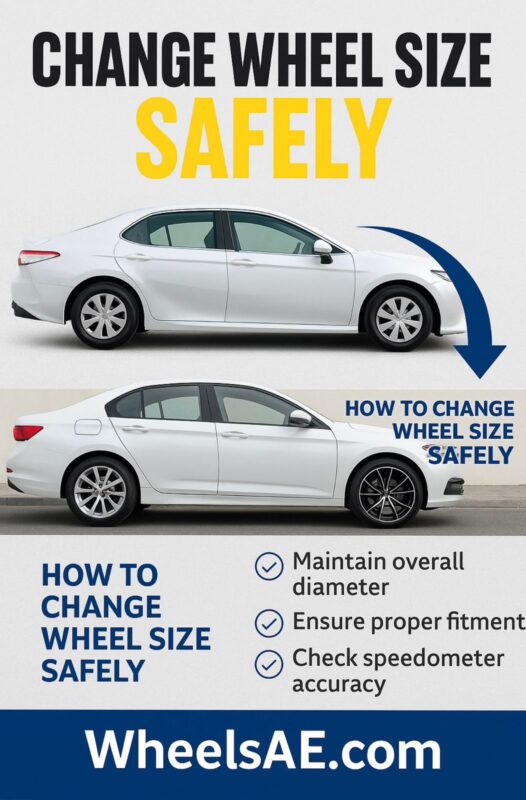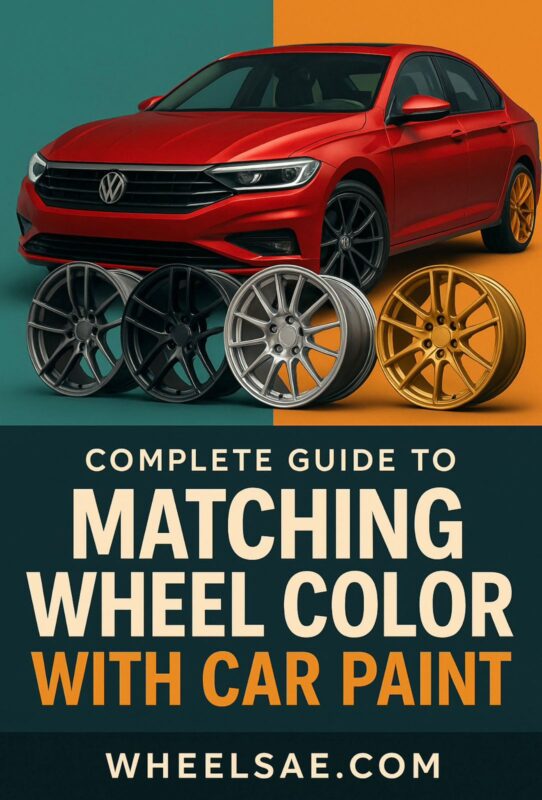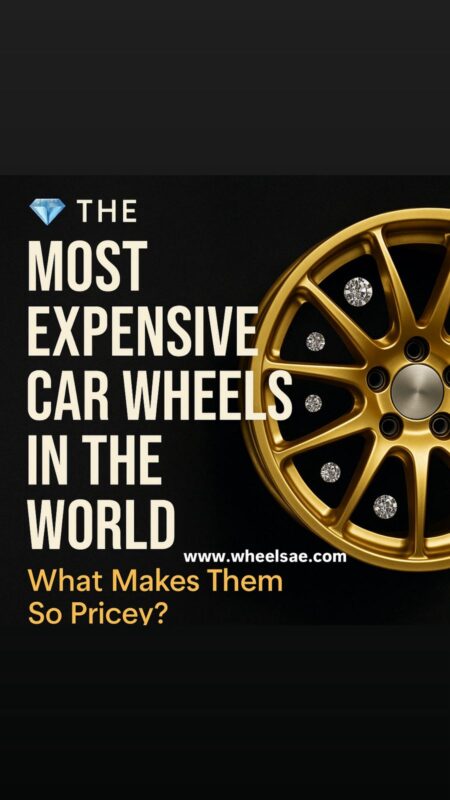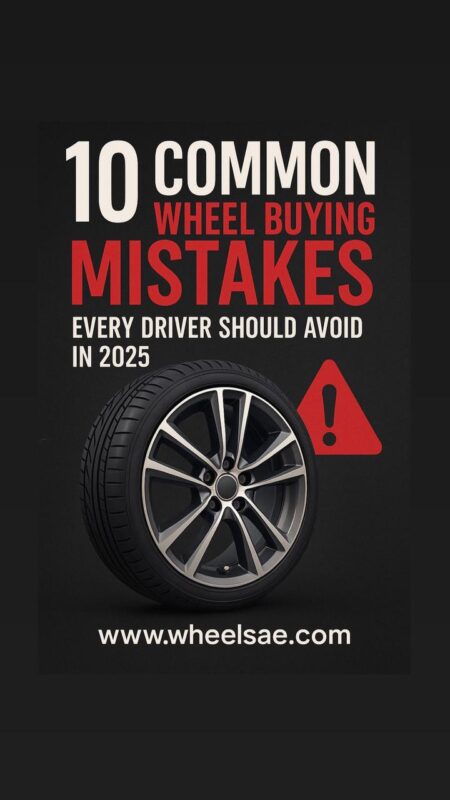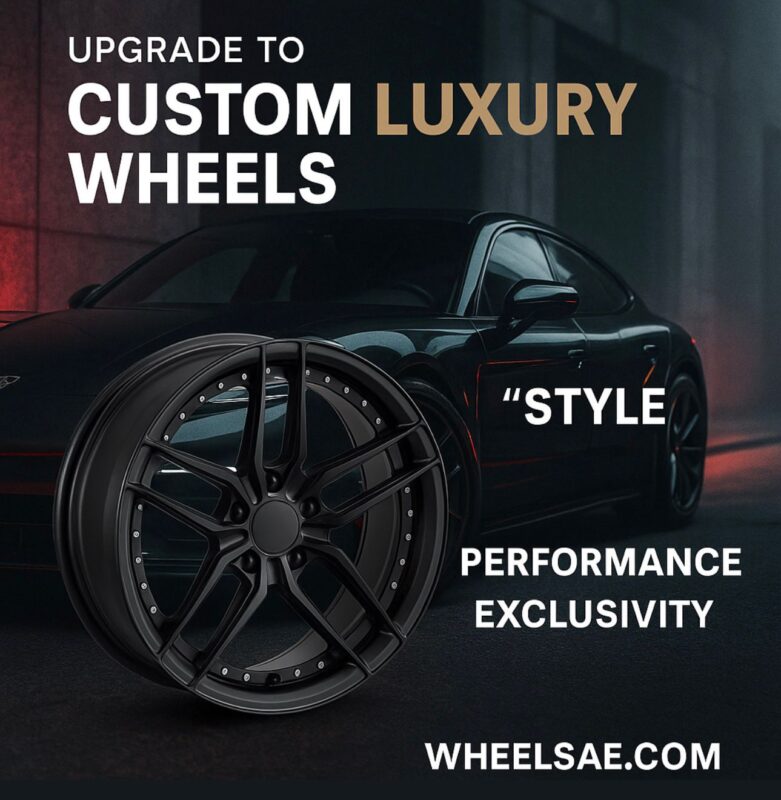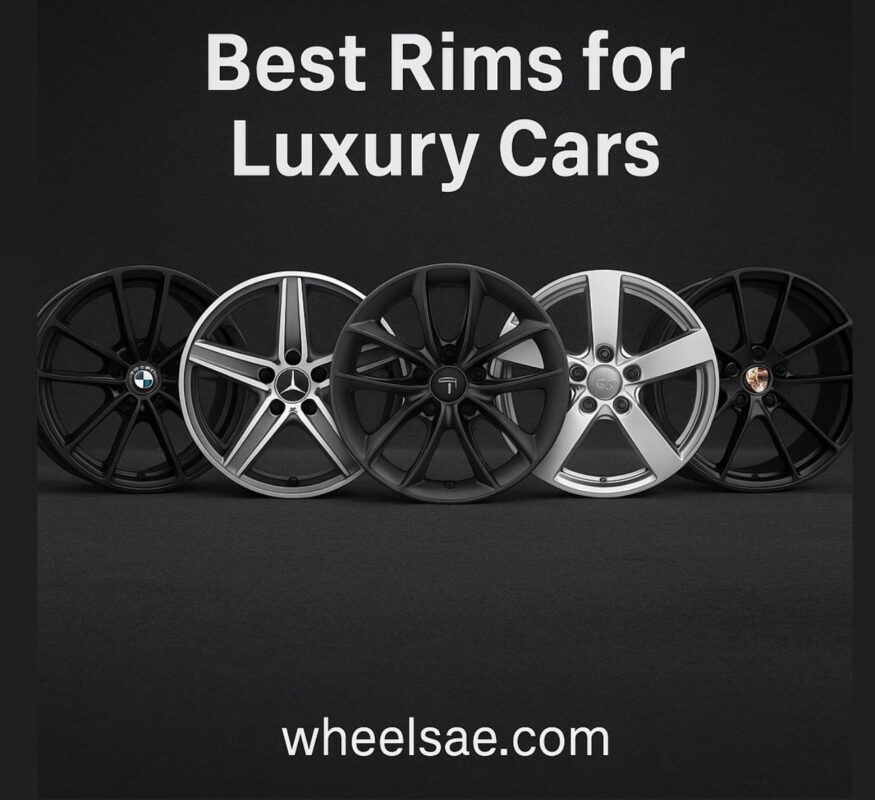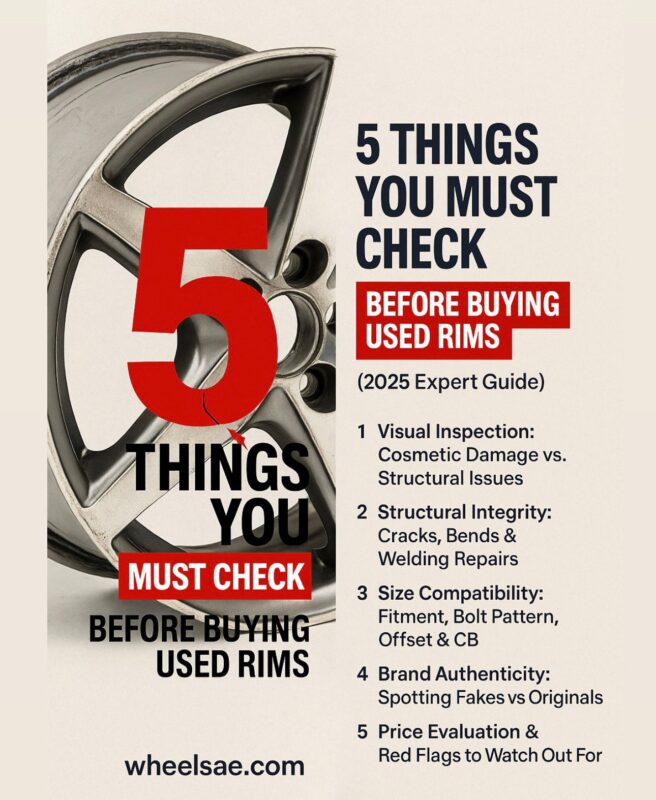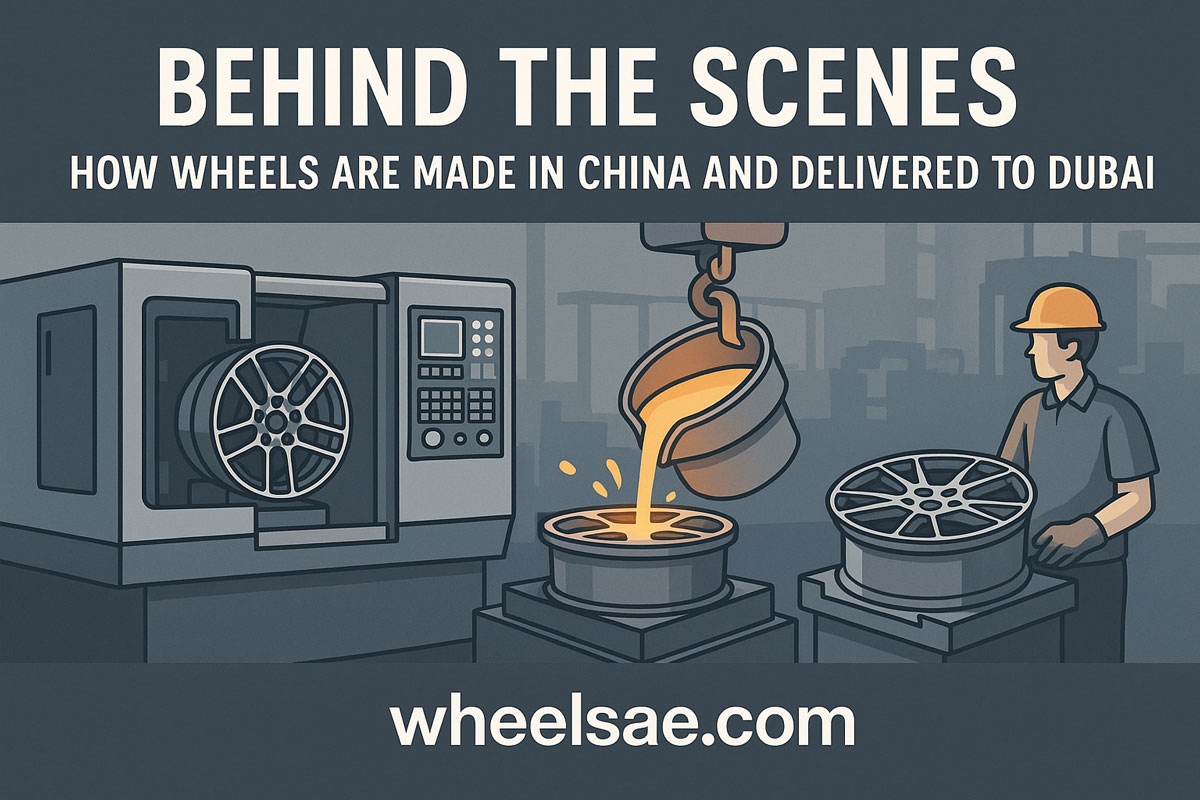1. Introduction: Why wheel spacer problems matter
Wheel spacers are popular for improving stance and fitment, but poor-quality spacers or incorrect installation can lead to serious wheel spacer problems. These issues can compromise safety, cause expensive repairs, and even damage your vehicle’s structure.
⸻
2. Sign #1: Unusual steering vibrations
One of the most common wheel spacer problems is vibration through the steering wheel. This often means the spacers are not perfectly balanced or centered, putting extra stress on your wheel bearings.
⸻
3. Sign #2: Uneven tire wear
If your tires are wearing unevenly after adding spacers, it’s a red flag. Misalignment caused by improper spacer fitment can lead to costly tire replacements.
⸻
4. Sign #3: Suspension damage
Incorrect spacers can change the load path on your suspension. Over time, this can cause shocks, struts, or control arms to wear out prematurely—a dangerous wheel spacer problem that’s often overlooked.
⸻
5. Sign #4: Reduced brake performance
Thicker spacers can alter brake caliper clearance. If miscalculated, this can reduce braking efficiency and put you at risk, especially at high speeds.
⸻
6. Sign #5: Noise or clunking from the wheels
If you hear unusual noises coming from the wheel area, it might mean the spacers are loose or wearing down—one of the most urgent wheel spacer problems to address immediately.
⸻
7. How to prevent wheel spacer problems
• Always choose hub-centric spacers, not lug-centric.
• Buy from reputable brands with certified materials.
• Get professional installation and torque check after 100 km.
• Match spacer thickness to proper bolt length.
⸻
8. Wheels AE’s safe spacer solutions
At Wheels AE, we offer high-quality, hub-centric spacers designed for performance and safety. Our experts ensure perfect fitment to avoid common wheel spacer problems.
🔗 Browse our wheel spacers →https://wheelsae.com/
⸻
9. FAQs about wheel spacer problems
Q: Are wheel spacer problems common?
A: Only with poor-quality or incorrectly installed spacers.
Q: Do spacers always damage the car?
A: No—high-quality spacers, installed correctly, are safe.
⸻
10. Final thoughts + CTA
Don’t let wheel spacer problems ruin your car’s safety or performance. Choose quality, professional installation, and regular checks to enjoy spacers without the risks.
📲 DM us for safe spacer recommendations: @https://www.instagram.com/wheels_tire.ae/
⸻
Understanding Wheel Spacer Problems in Depth
While many car enthusiasts love the aggressive stance that spacers can provide, few truly understand the potential wheel spacer problems that can arise when things are done incorrectly. These problems are not just cosmetic—they can directly impact the safety, handling, and longevity of your vehicle.
One of the biggest issues is improper installation. If a spacer isn’t mounted flush against the hub, it can create gaps that lead to vibration, wheel wobble, and excessive wear on bearings. This type of imbalance is one of the most overlooked wheel spacer problems because it might not appear immediately. Instead, it develops over thousands of kilometers, silently causing damage.
Another common source of wheel spacer problems is using the wrong type of spacer for your vehicle. Lug-centric spacers that rely solely on the studs to center the wheel are more prone to shifting, while hub-centric spacers are designed to fit perfectly on the hub for better load distribution. Choosing the wrong type can result in misalignment and handling instability.
Material quality also plays a huge role in avoiding wheel spacer problems. Low-grade aluminum or steel spacers may bend or crack under stress, especially in high-performance or heavy-duty applications. This is why professional-grade, CNC-machined aluminum spacers are the preferred choice for avoiding premature failure.
Lastly, regular maintenance is key to preventing wheel spacer problems. Even with high-quality spacers, bolts can loosen over time due to vibrations and temperature changes. Retorquing your spacer bolts after the first 100–200 km is essential for safety.
By understanding these factors—installation, design type, material quality, and maintenance—you can significantly reduce the risk of wheel spacer problems and enjoy the aesthetic and performance benefits without compromising your car’s safety.
⸻

